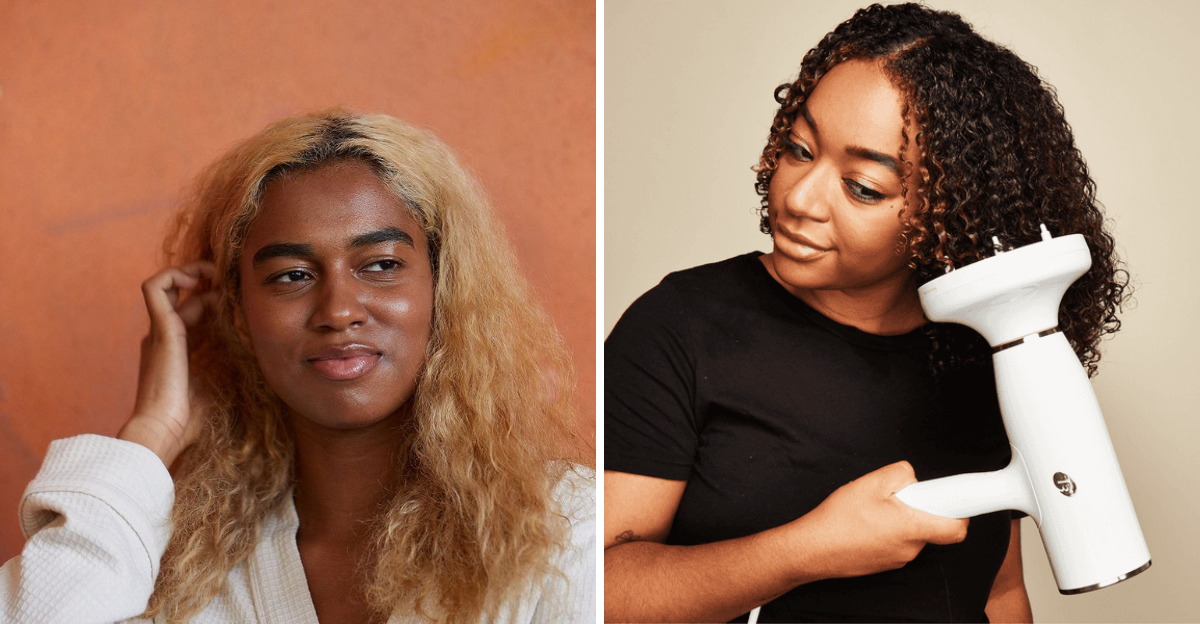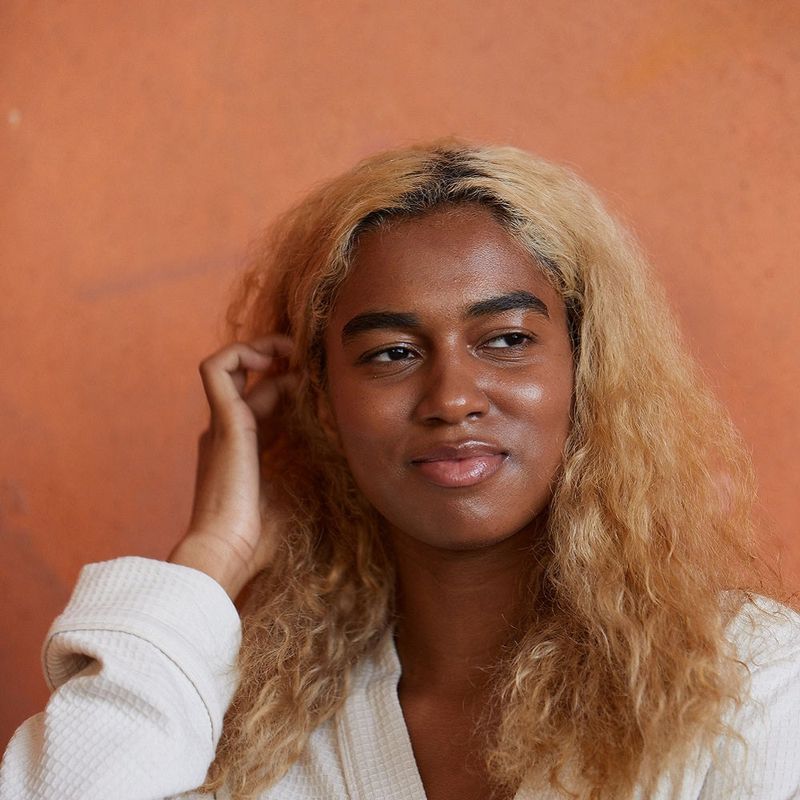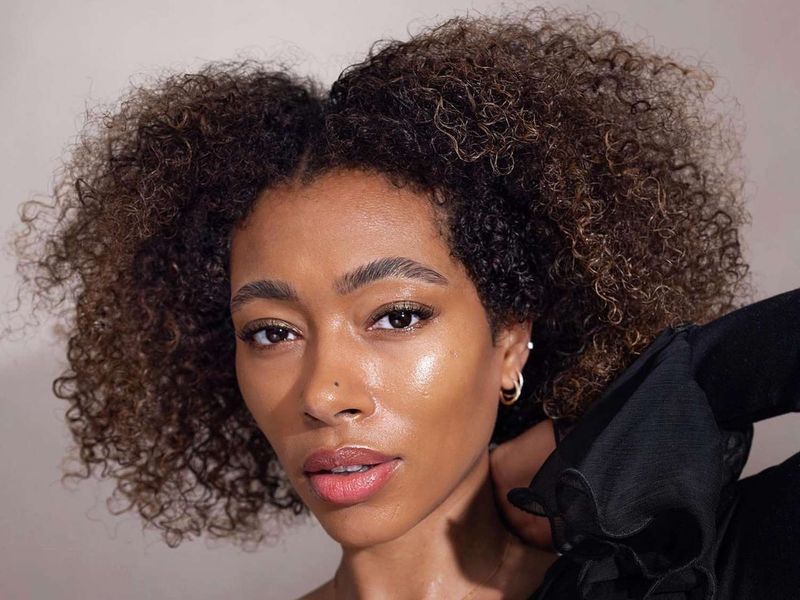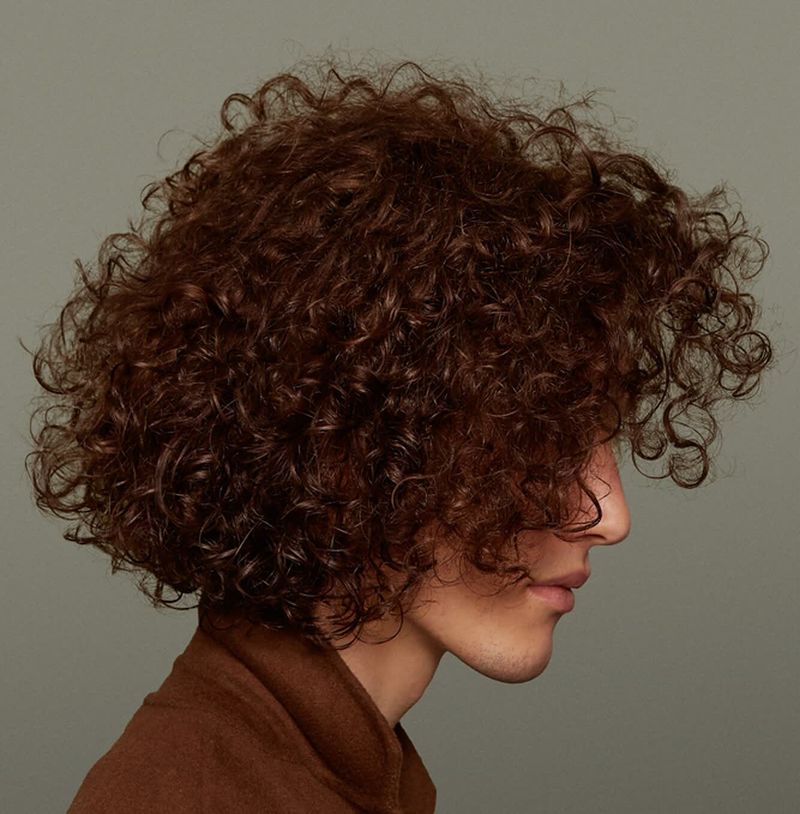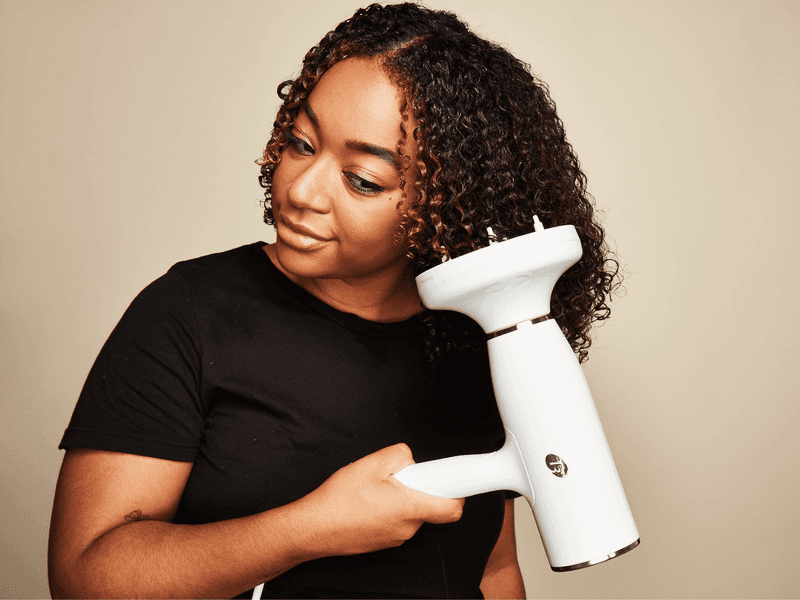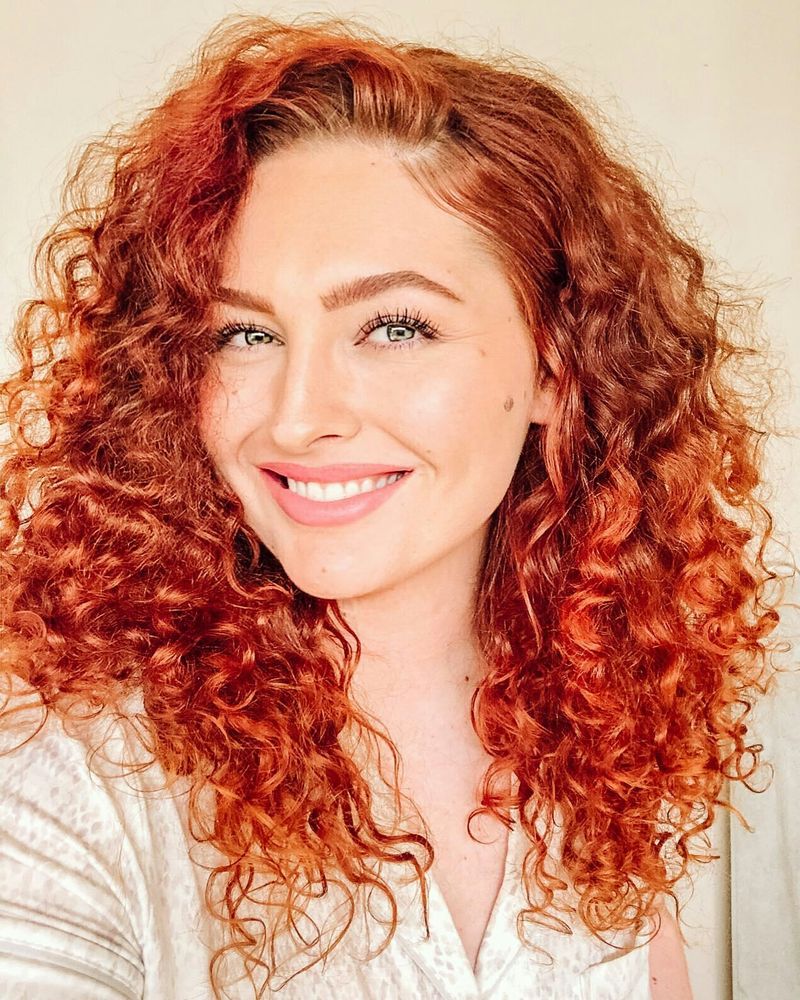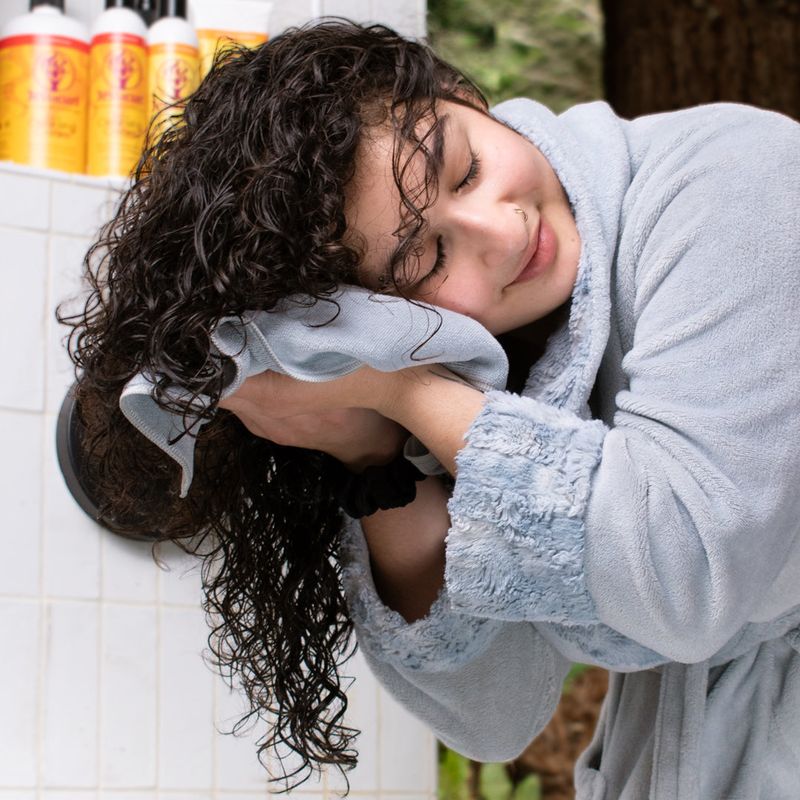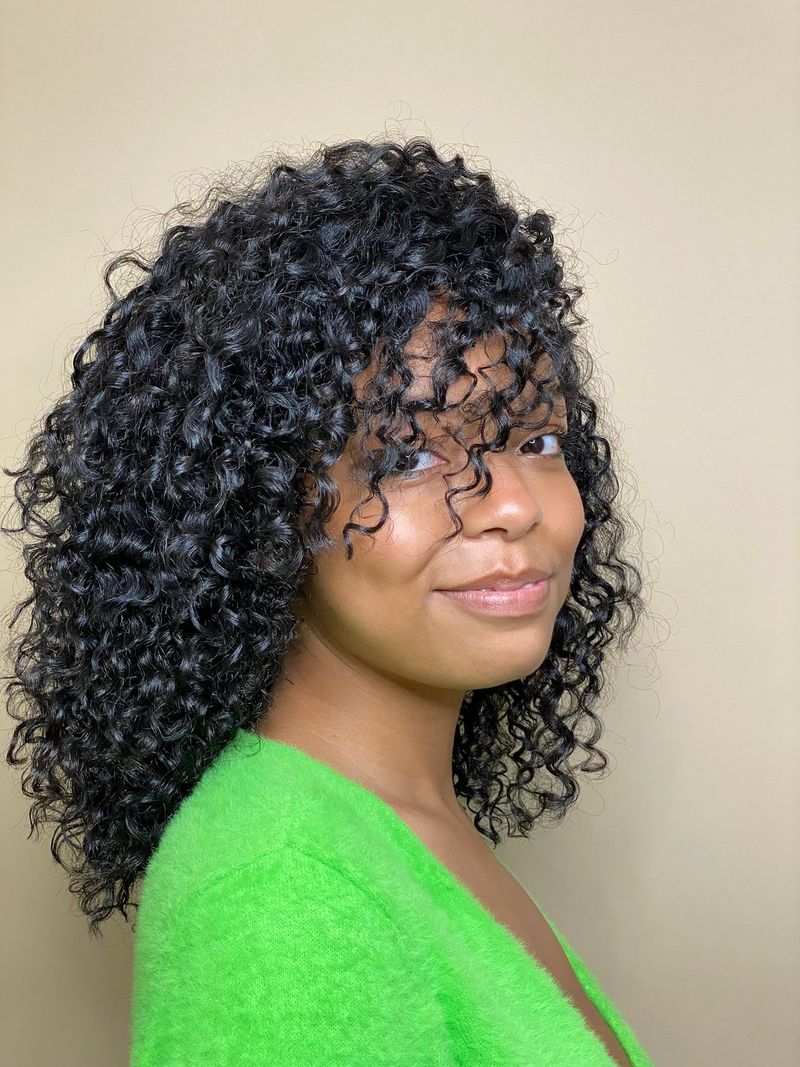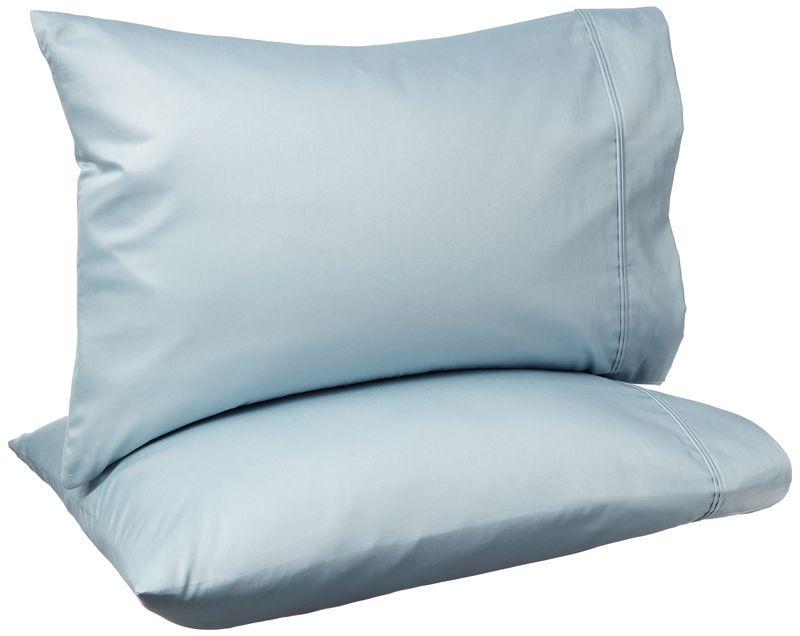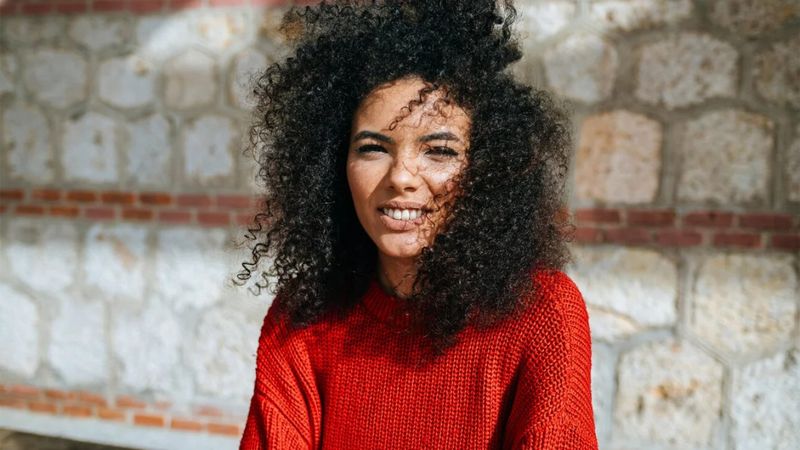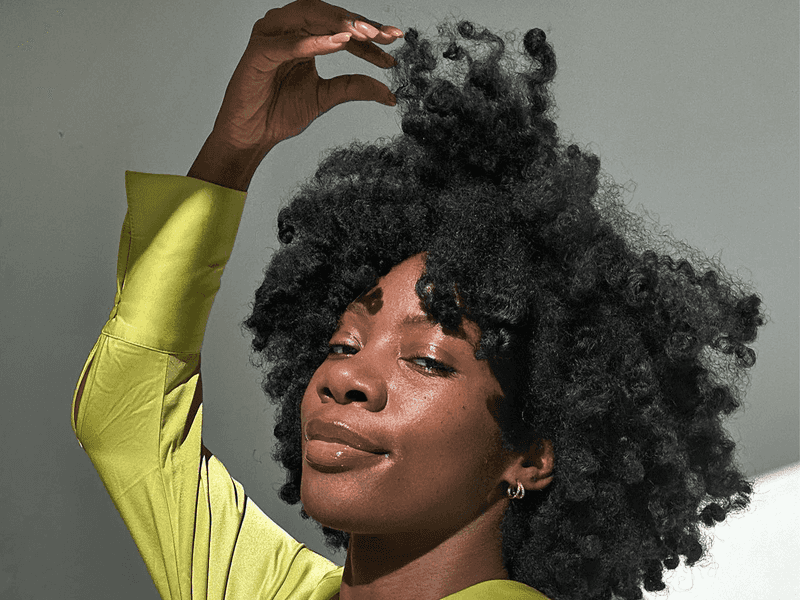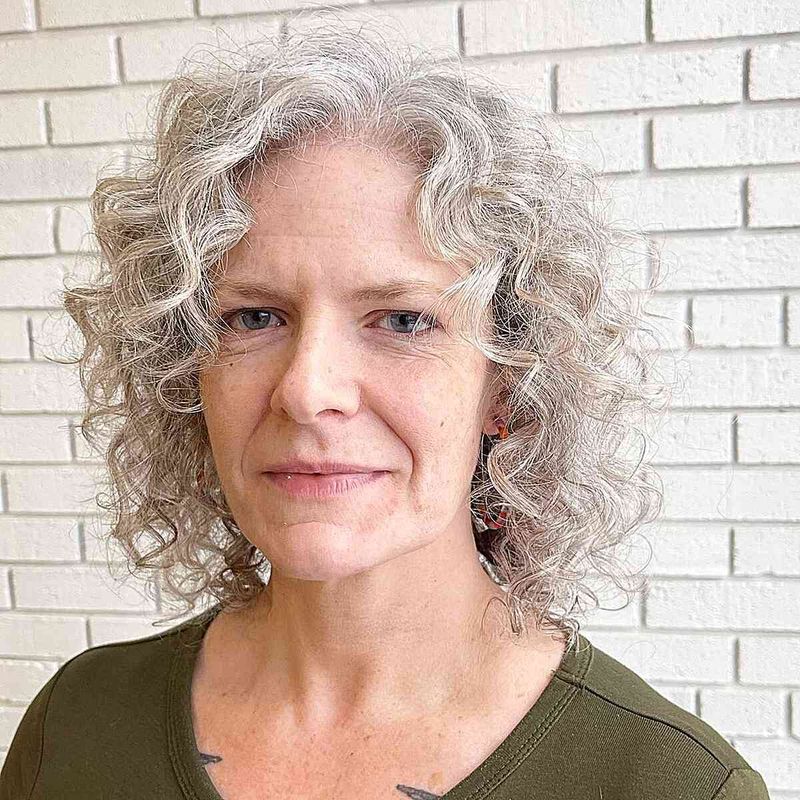Curly hair naturally tends to be drier than straight hair because the twists and turns make it harder for natural oils to travel down the hair shaft. Managing dry curls can feel like an uphill battle, leaving many feeling frustrated with frizz, breakage, and lackluster locks. Understanding why your curls are thirsty and how to quench their need for moisture is the first step toward healthier, bouncier curls.
1. Weather Woes
Cold winter air and scorching summer heat both steal moisture from your curls. Indoor heating and air conditioning further dehydrate hair fibers, creating a perfect storm for parched locks.
Combat these environmental stressors with regular deep conditioning and protective styling when extreme weather hits.
2. Shampooing Too Frequently
Over-washing strips away natural oils that curly hair desperately needs. Your scalp produces sebum to moisturize hair, but curls prevent this natural conditioner from traveling down strands.
Try washing just 2-3 times weekly, using co-washing or gentle cleansers between regular shampoos.
Related: -7 Straight-Hair Problems No One Talks About And 8 Easy Fixes That Shine
3. Harsh Sulfate Shampoos
Sulfates create that satisfying lather but ruthlessly strip moisture from thirsty curls. These powerful detergents remove dirt along with every drop of natural oil your curls need to stay hydrated.
Switch to sulfate-free formulas specifically designed for curly hair to maintain your hair’s natural moisture balance.
4. Heat Styling Damage
Flat irons, blow dryers, and curling wands zap moisture directly from hair strands. Each heat styling session weakens protein bonds that give curls their structure and resilience.
Limit heat use to special occasions, always apply heat protectant, and embrace your natural curl pattern whenever possible.
5. Protein-Moisture Imbalance
Curly hair needs a delicate balance between protein and moisture. Too much protein makes hair brittle and straw-like, while excessive moisture without protein creates limp, mushy curls.
Rotate between protein treatments and deep moisturizing masks to maintain this crucial equilibrium for bouncy, defined curls.
6. Tratamientos químicos
Hair dyes, relaxers, and perms break down hair’s internal structure to change its color or shape. This process damages the cuticle layer that holds moisture inside each strand.
Limit chemical services and always follow with intensive conditioning treatments to restore moisture after processing.
7. Chlorine and Salt Water Exposure
Swimming pools and ocean dips leave mineral deposits that suck moisture from curly hair. Chlorine bonds to hair proteins while salt crystals draw water out through osmosis.
Rinse immediately after swimming and use clarifying treatments followed by deep conditioning to remove these drying deposits.
8. Rough Handling
Aggressive towel drying and brushing disrupt the curl pattern and damage the cuticle layer. This rough treatment lifts the protective outer layer of each strand, allowing precious moisture to escape.
Switch to gentle microfiber towels or old t-shirts, and detangle with fingers or wide-tooth combs while hair is wet and conditioned.
9. Lack of Regular Trims
Split ends travel up the hair shaft, creating more damage and dryness. Once a curl strand splits, the damage can’t be reversed and continues spreading upward.
Maintain regular trims every 8-12 weeks, even if you’re growing your hair, to prevent escalating dryness and breakage.
10. Nutritional Deficiencies
Your curls reflect your internal health, with vitamins A, C, D, E, and B-complex all playing crucial roles in hair hydration. Omega-3 fatty acids help seal in moisture at the cellular level.
Focus on a balanced diet rich in healthy fats, proteins, and colorful fruits and vegetables to nourish curls from within.
11. Cotton Pillowcases
Regular cotton pillowcases create friction that disrupts curl patterns and draws out moisture overnight. The absorbent fabric literally drinks up the natural oils and product moisture from your curls.
Switch to silk or satin pillowcases that allow curls to glide smoothly, preserving both moisture and definition while you sleep.
12. Hard Water Buildup
Mineral-heavy tap water leaves invisible deposits that coat curls and prevent moisture absorption. Calcium and magnesium compounds create a barrier around each strand, blocking conditioning ingredients from penetrating.
Install a shower filter or use chelating treatments monthly to remove these moisture-blocking minerals from your curls.
13. Alcohol-Based Styling Products
Many gels, mousses, and sprays contain drying alcohols that provide hold but leave curls parched. These ingredients evaporate quickly, taking your hair’s natural moisture along with them.
Check ingredient lists for denatured, isopropyl, or SD alcohols, and choose products with moisturizing alcohols like cetyl or stearyl alcohol instead.
14. Skipping Deep Conditioning
Regular conditioner only treats the surface of curly hair. Without deep conditioning, moisture can’t penetrate to the hair’s cortex where it’s most needed.
Incorporate weekly deep conditioning treatments with heat or a shower cap to help moisturizing ingredients penetrate deeply into thirsty curl strands.
15. Hormonal Changes
Pregnancy, menopause, thyroid issues, and other hormonal shifts can dramatically alter curl moisture levels. Hormones directly affect sebum production and the hair’s ability to retain water.
Adjust your hair care routine during major hormonal transitions, often increasing moisture treatments to compensate for internal changes.

